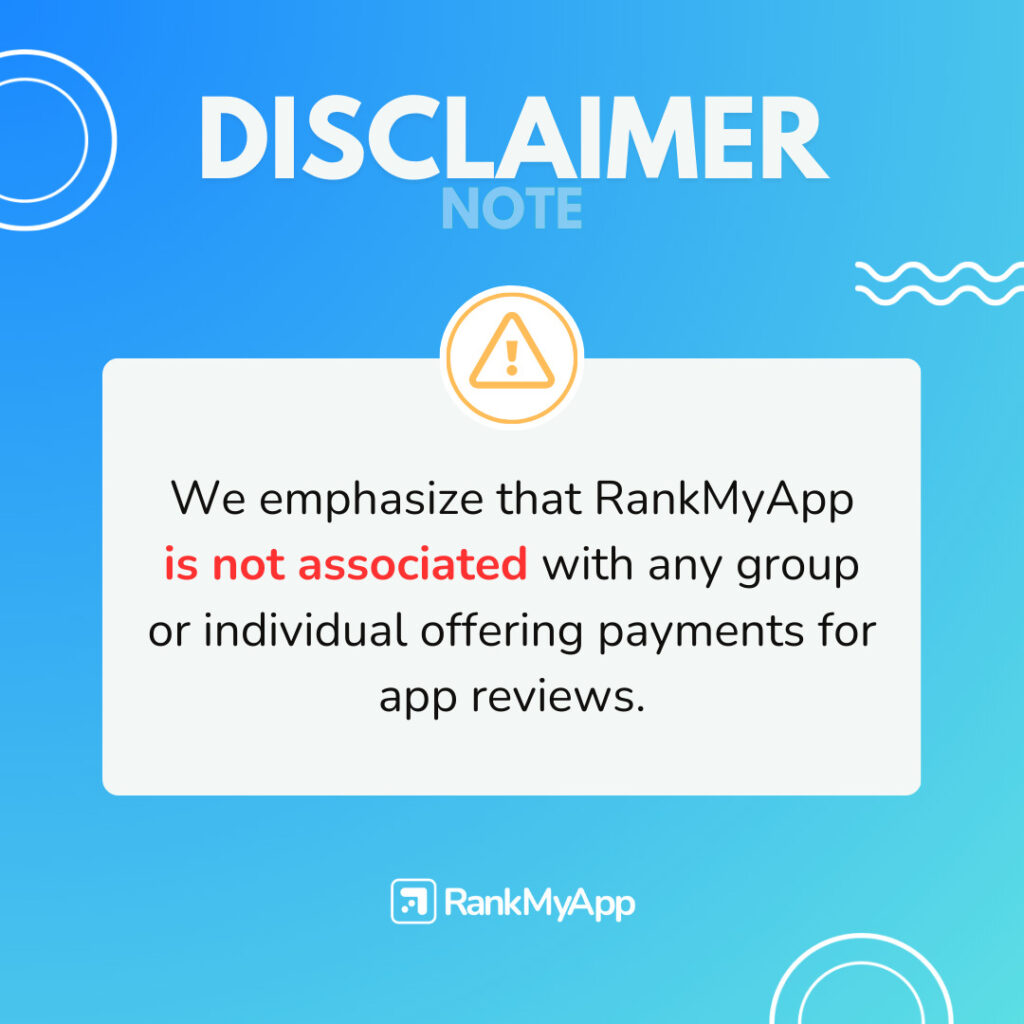If you are interested in having a loyal audience to your app, it is essential to understand the concept and the difference between reach vs impressions. Many marketing professionals are familiar with those terms but do not know exactly why it is relevant in a mobile strategy.
In order to have a close relationship with your users, there is a growth of platforms designed for specific practices, helping apps reach its target audience in the best possible way. On the other hand, it may still be difficult to know precisely if these users are really being impacted by the mobile actions.
That is why it is important to understand the difference between reach vs impressions and have a more measurable impact on app users. If you want to learn more about what makes these two concepts different, keep reading this content.
What is the main difference between reach vs impressions?
At first, it is normal to wonder “what is the difference between impressions and reach?”. In short, the first one represents the number of times your content is displayed, without considering if it was clicked or not. The second represents the total number of users who see your content, showing how far it can get and what is the size of your audience.
In a perfect world, your users would see everything you release. However, that is not how things work on mobile. Thus, not all people will see your content fully, thanks to the algorithms that measure the engagement. That is why it is important to have in mind what is the difference between reach and impressions.
Engagement metrics: detailing the concepts

It may be clear now how to differentiate reach vs impression, but it is still important to deepen these engagement metrics. By doing that, you will be able to choose what to consider when analyzing your app growth. Check more details about impressions vs reach down below.
Paid reach
Paid reach happens when a number of people access paid content, such as an ad, for example, which is sponsored by the company to reach a larger number of people. Often, this measurement is affected by factors such as header bidding, budgets, and audience targeting.
Organic reach
Opposed to the previous one, organic social media reach is the number of people who saw your content for free. That way, this content came to the user spontaneously since the algorithm of the site understood that it would be relevant to a certain kind of public.
Impressions
The impression metrics are different from reach because it is not unique to a user, which means that the same content can be displayed to the same user several times. It is usually sold in CPM (cost per thousand), that is, the amount paid is for every 1,000 impressions counted.
To be viewed by a thousand people, the app must have a lot of traffic, and this calculation is performed through the following formula: CPT = Total cost / Views / 1,000.
How to apply reach vs impressions in your marketing strategy
With the growth of reach, brand awareness also rises. For a mobile strategy, it is important that your reach affects as many consumers as possible, but that is not enough, given that, even if you reach a lot of users, it will not mean a thing if only a few of them have a real interest in your app.
In this sense, considering what you learn about reach vs impressions, be sure to keep an eye on what is being shared about your app. By tracking these engagements, you know what to improve and may find potential users to target, extending your reach. This is a way for you to evaluate your app metrics.
Want to improve your app metrics? RankMyAPP can help!
After reading this content, you realized how important it is to measure your reach vs impressions, right? Thus, now, RankMyAPP can help you learn more about this topic and other subjects from the mobile universe. Submit to our newsletter to get more information on this field.





